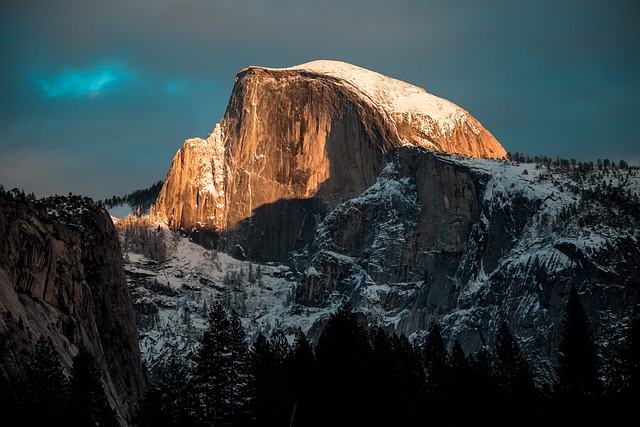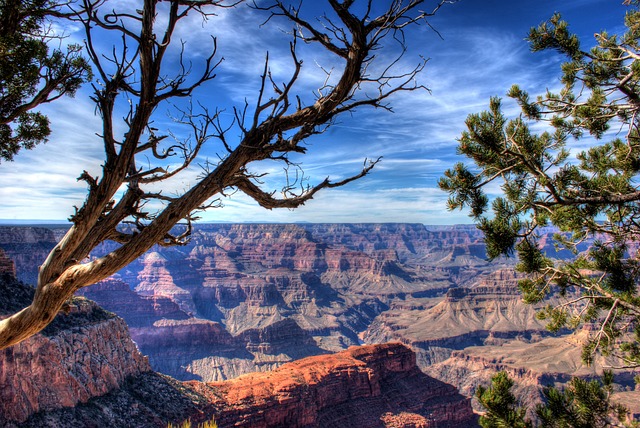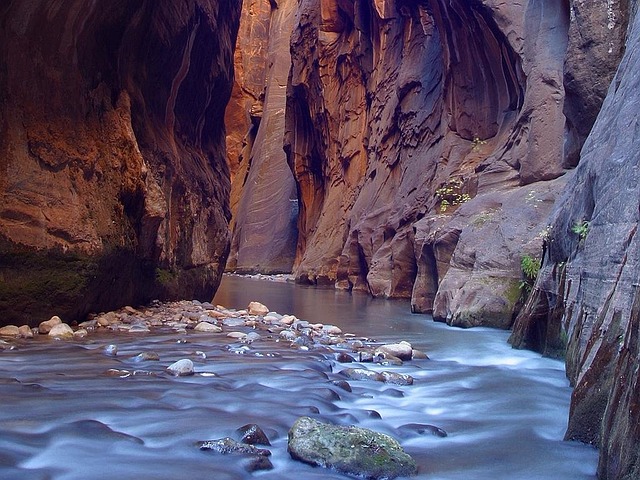
Are you an RVer who loves America’s National Parks? These gorgeous nature reserves are visited by many people every year. While they are fun places to bring the RV, they can also cost a hefty sum that might deter some would-be visitors.
Thankfully, it is possible for RVers to see the sites at our national park and save money.
Interested in learning how? Check out these seven tips to help you save money when RVing at National Parks

1. Visit During the Shoulder Season
At many national parks, spring and fall are considered to be the shoulder seasons because they occur right before and after the popular summer season. Visiting during these seasons will allow you to beat both the crowds and the heat. As an added bonus, most national parks offer discounted rates during these times. It is important to note that you should call beforehand to make sure that the park you are interested in is open.
2. Forget About the Amenities
We all love electricity and the perks that come with it such as air conditioning and television. But it’s hard to truly experience the wild nature of a national park if you are watching your favorite shows in the air-conditioned RV. Also, these amenities cost more. If you want to save some dough, try dry camping while camping at a national park. These types of sites are both plentiful and affordable.

3. Leave the Campground Behind
If you really want to save money on camping fees, try boondocking either in or near a national park. Some national parks have designated areas where dispersed camping is allowed inside the park — for free!
Before attempting to just camp anywhere within a national park, be sure to learn the rules and regulations. You might need a permit, and you will definitely need to know what areas of the park (if any) allow dispersed camping.
4. Consider a National Park Pass
If you regularly visit national parks, consider buying a National Parks Pass. There are four types of national park passes.
- The Annual Pass costs $80/year and provides free entrance into all national parks, memorials, preserves, historic places, etc.
- The Senior Pass is available to those 62 or older. It costs $10 and is good for life. This pass provides free access to all national park sites and discounted camping
- The Military Pass is available to current U.S. Military members and dependents for no fee. It provides free access to all national park sites.
- The Access Pass is available for U.S. citizens with permanent disabilities. It is free to obtain and provides free access to all national parks sites and discounted camping.
5. Volunteer & Save
Taking part in a work camping program will get you free or discounted rates at some national parks. All you have to do is volunteer some of your time and do your part to spruce up the park. These types of programs are popular among full-time RVers and retirees. As an added bonus, these programs also allow you to park at certain sites for free or discounted rates.
6. Stock Up on Provisions Outside of the Park
Most national parks are located in places far from restaurants and grocery stores. This means when you are hungry you either have to drive a long distance (and spend money on fuel), or you need to shop at the tiny, overpriced store inside the park. Bring your own food along to save time, energy, and, most importantly, money.
7. Gas Up
There are many parks that sell gas on-site, but this doesn’t mean that you should use this option. While this type of fuel service is highly convenient it is also expensive. For a better value, fill up your tanks when you are a couple of miles away from park grounds.
Following the above tips will help you enjoy your trip and keep more of your hard-earned money!
What about you? Do you have any creative ways to save money while camping on national park land? Leave your solutions in the comments section below. Help other readers can learn from your experience. Happy Camping!






